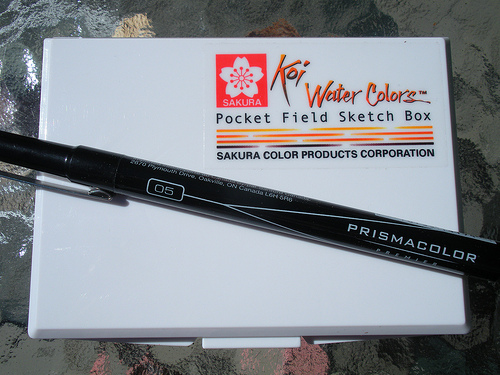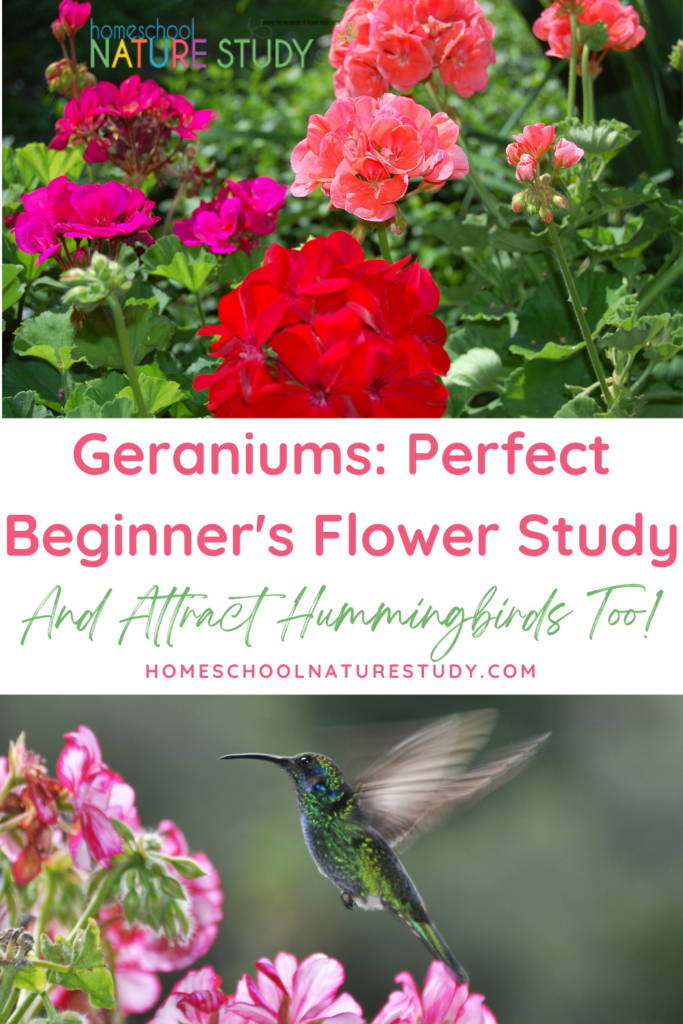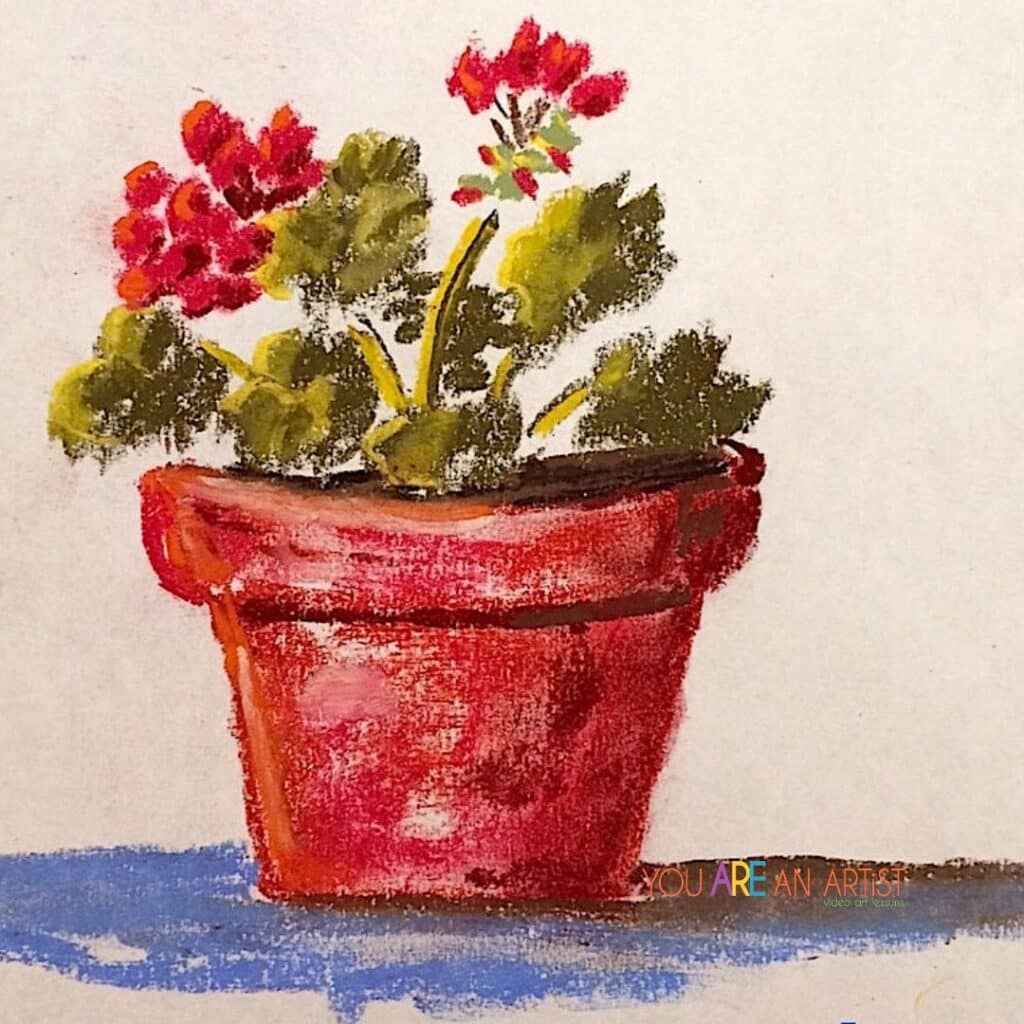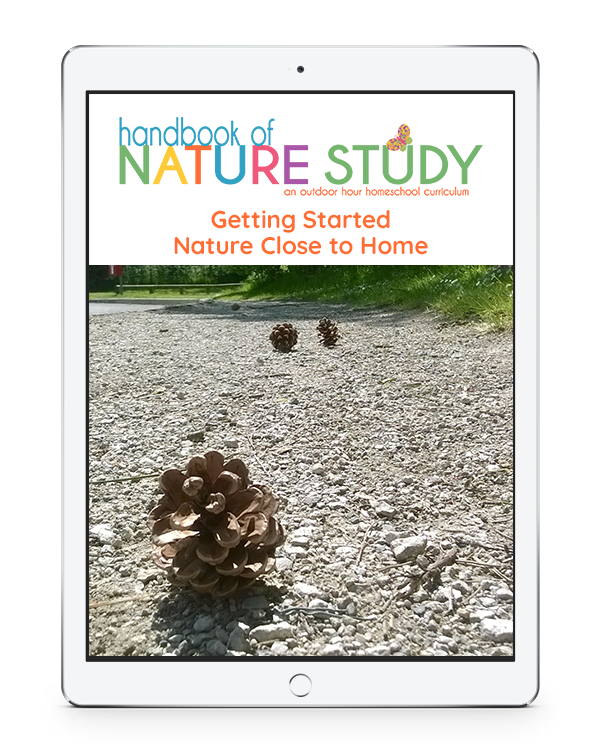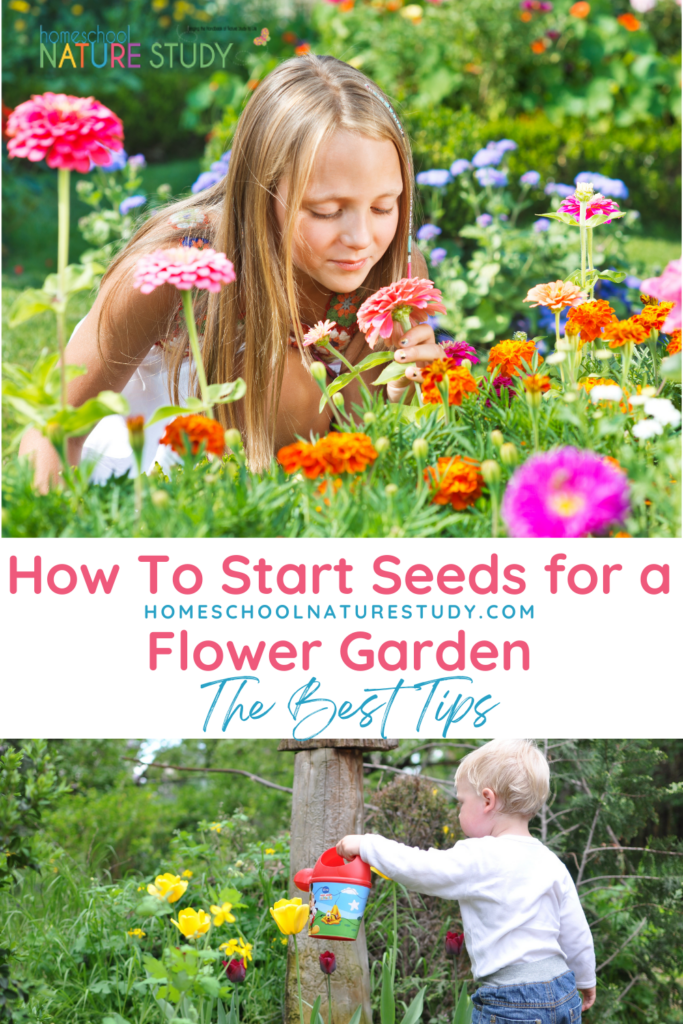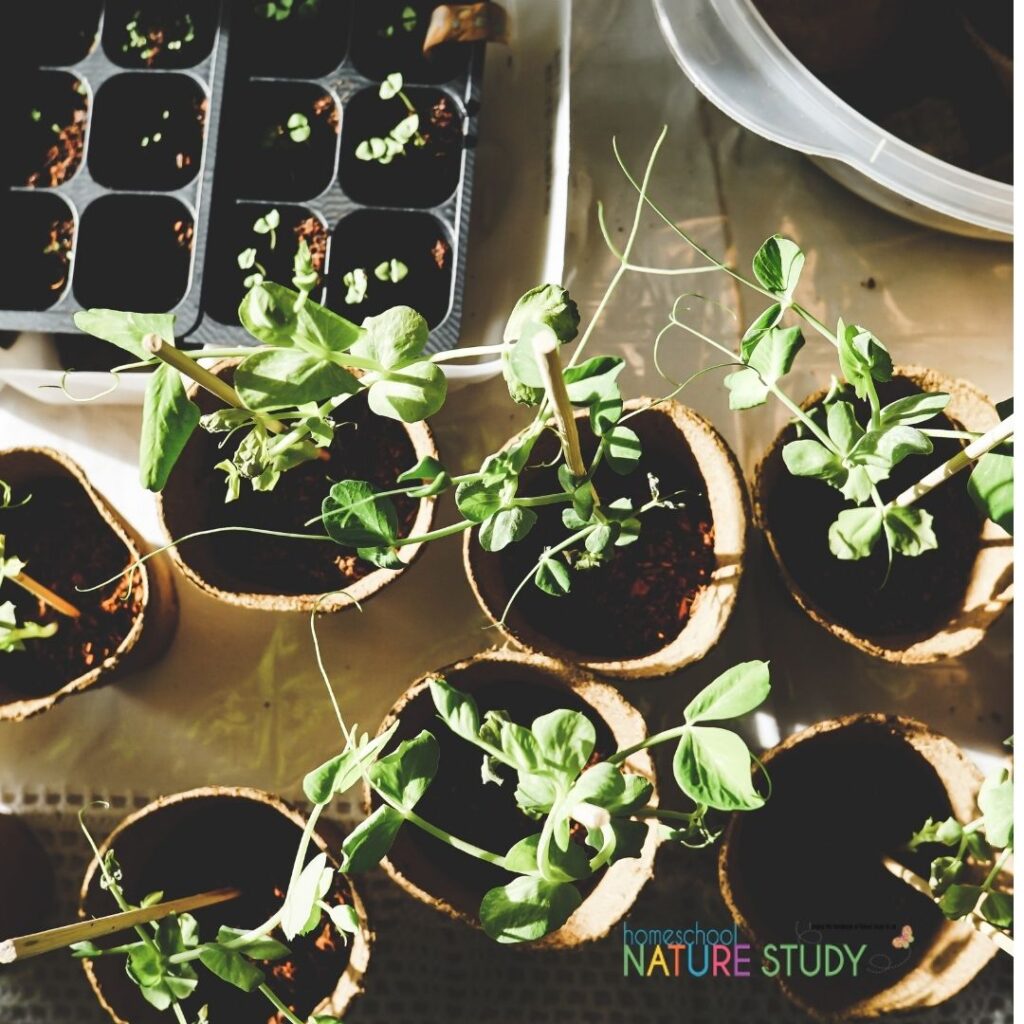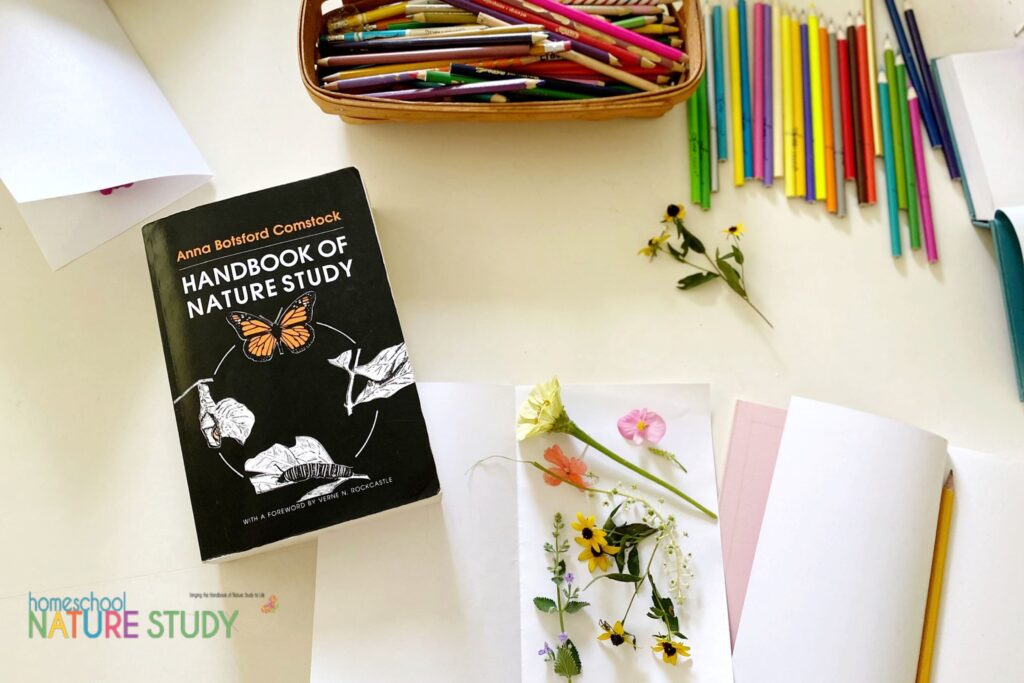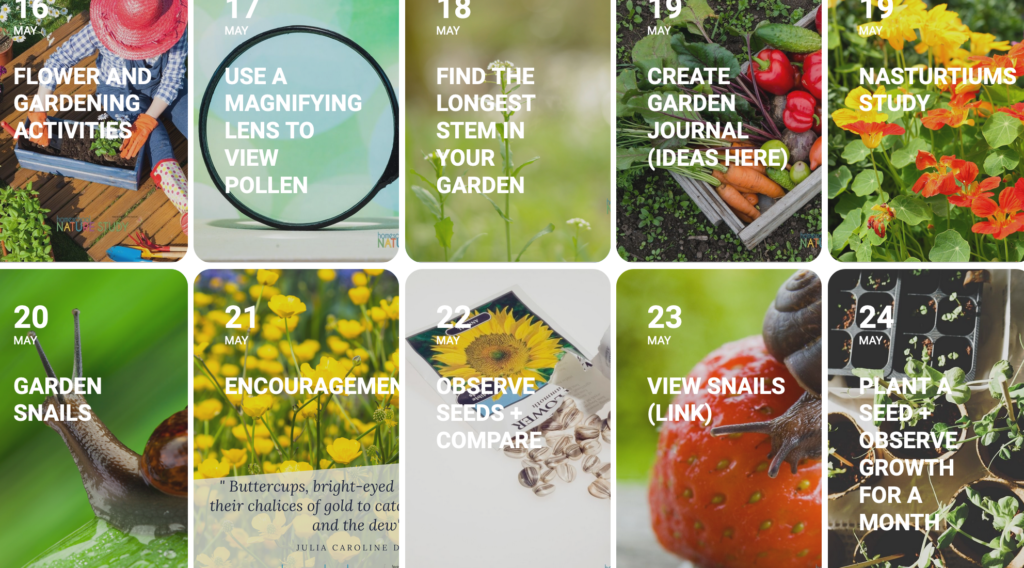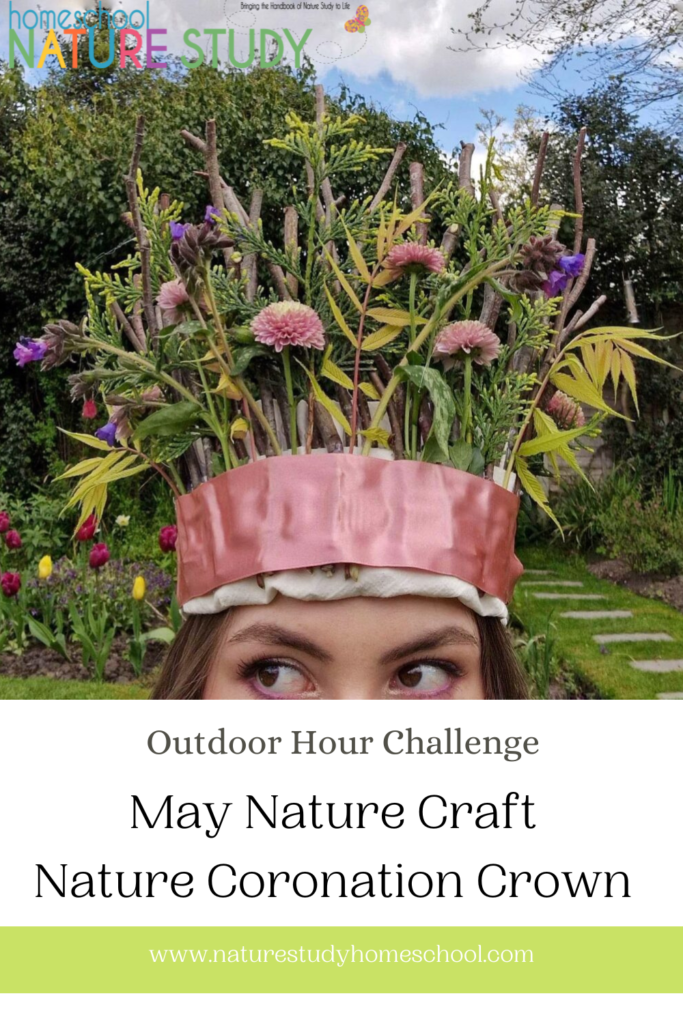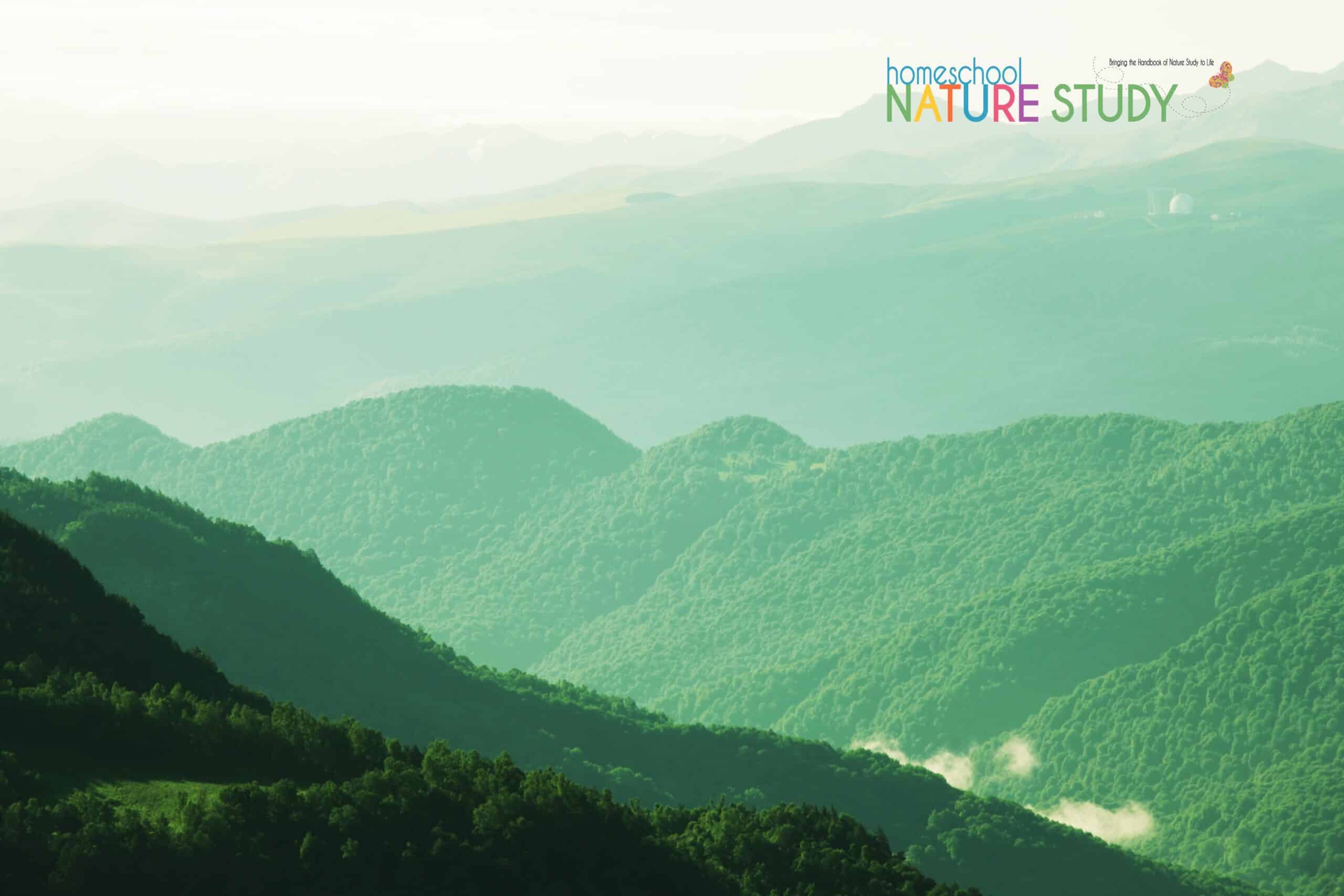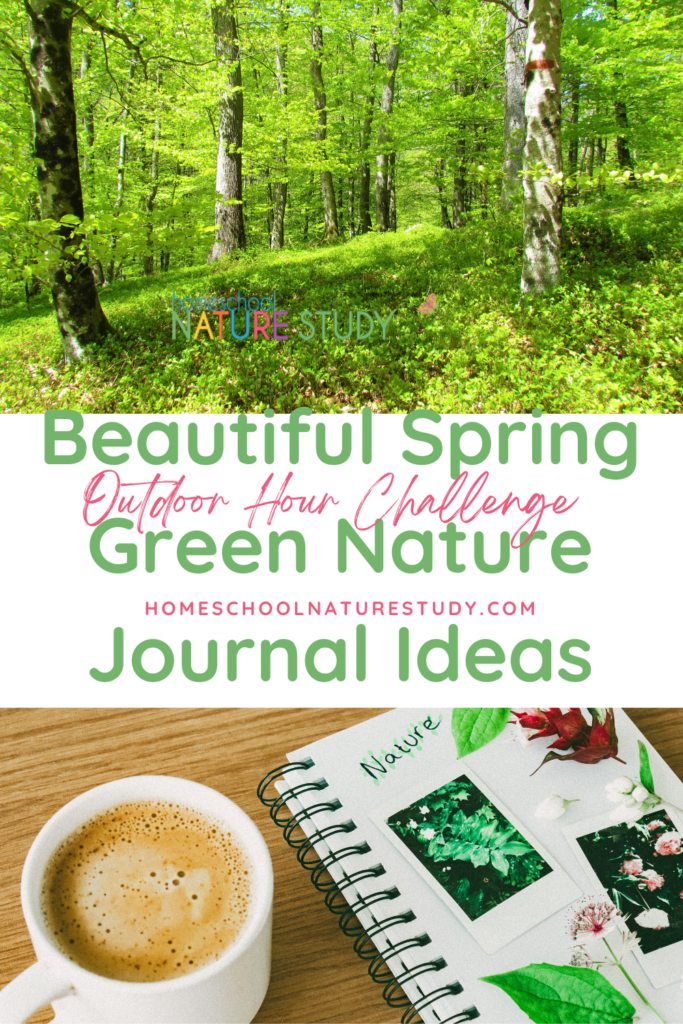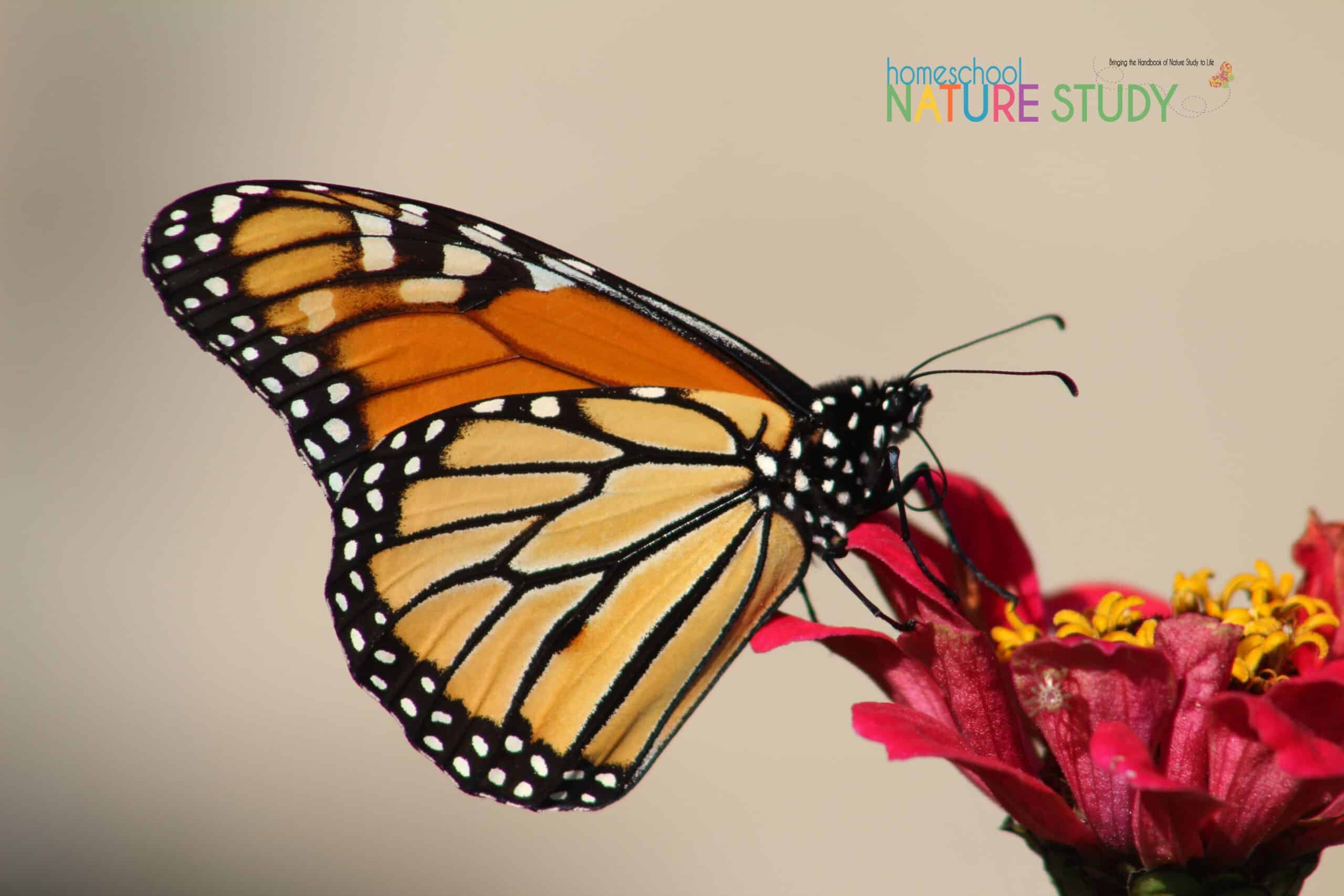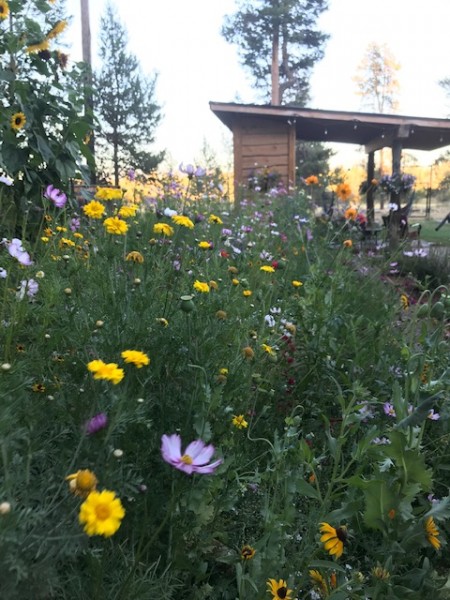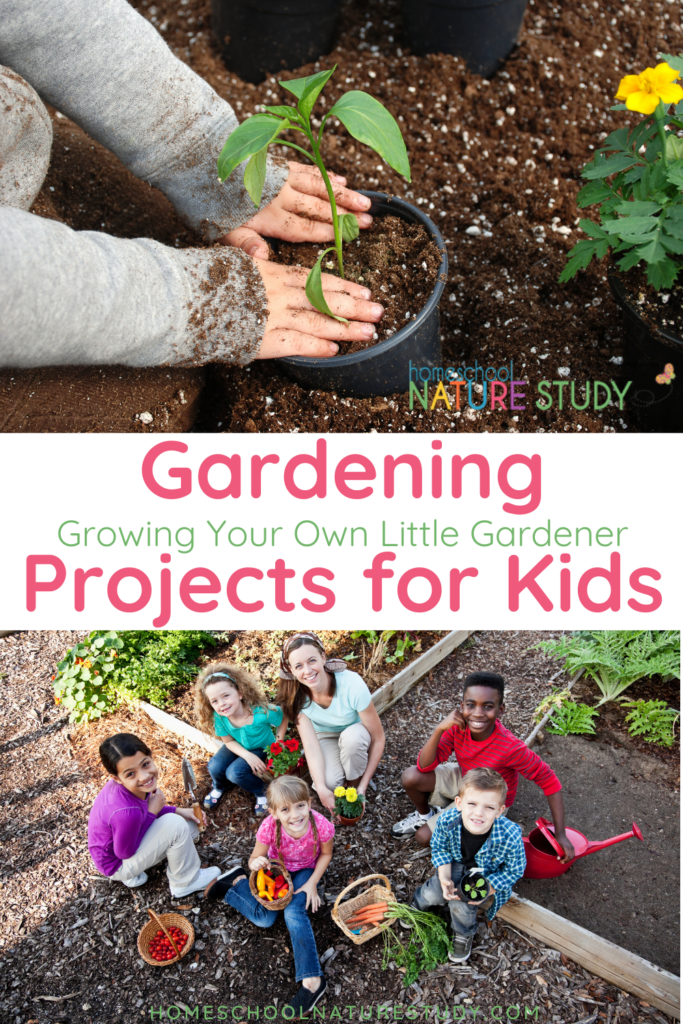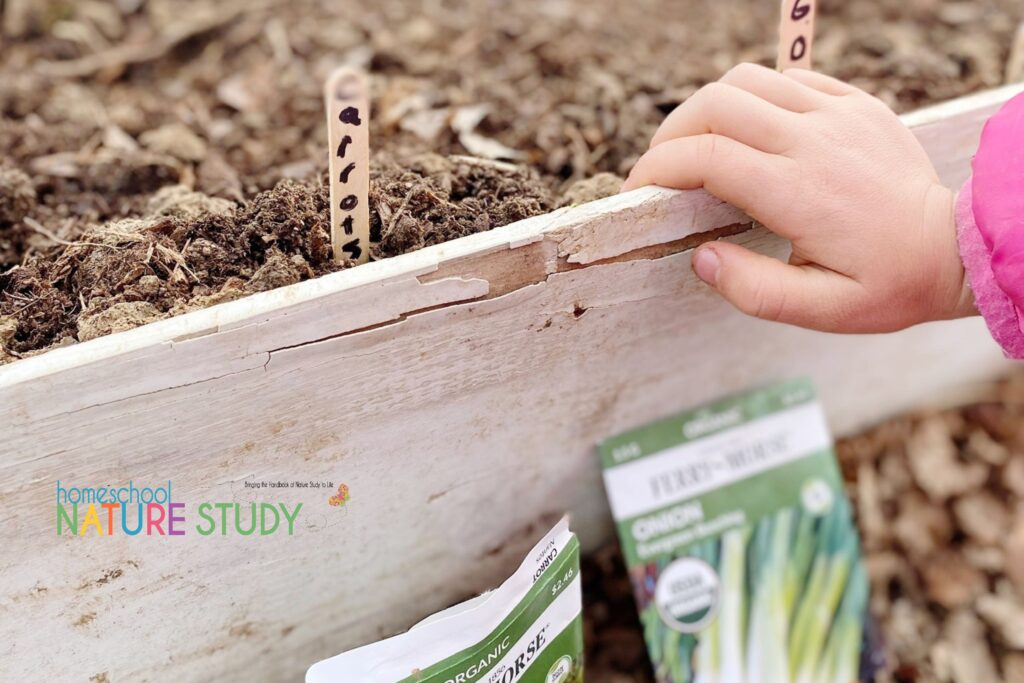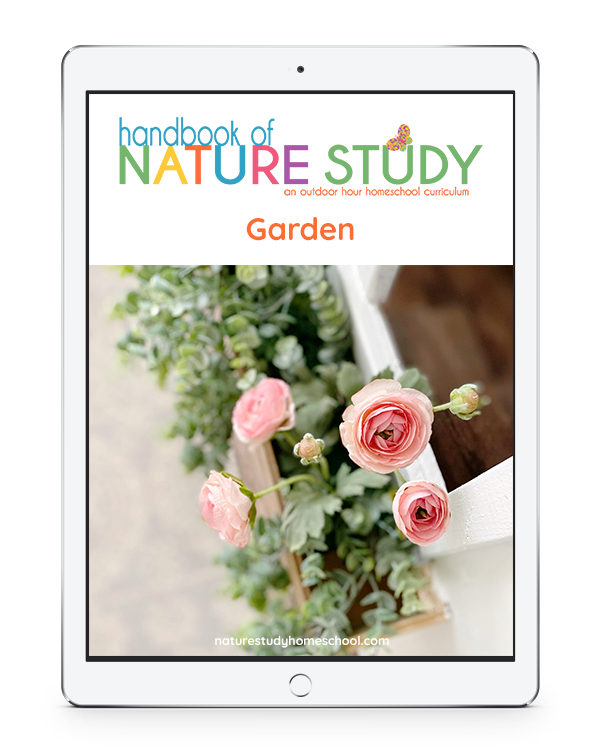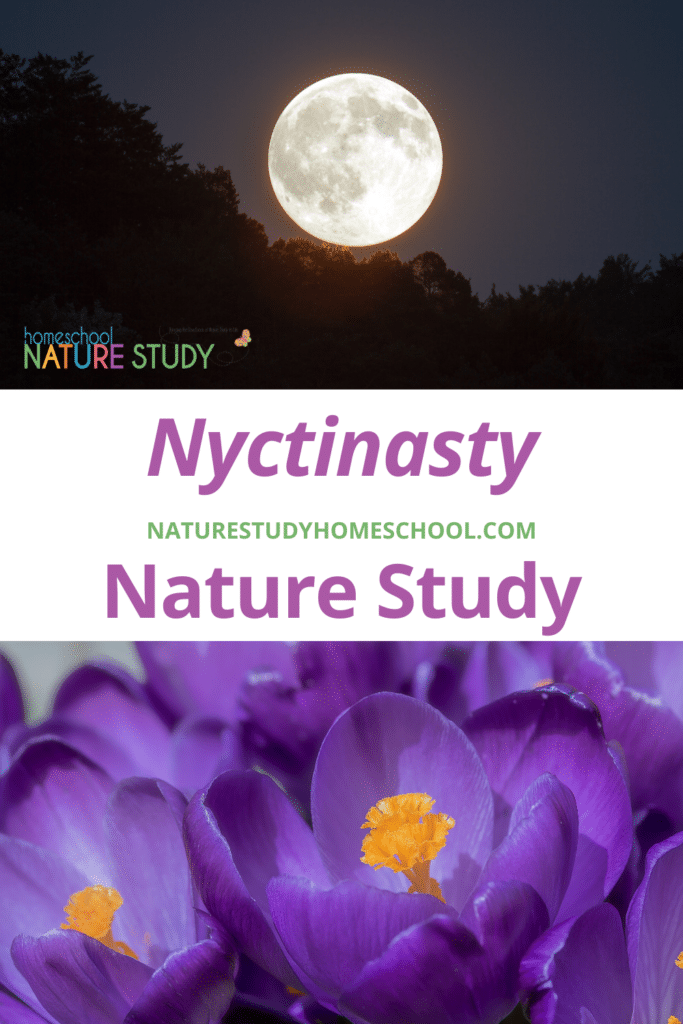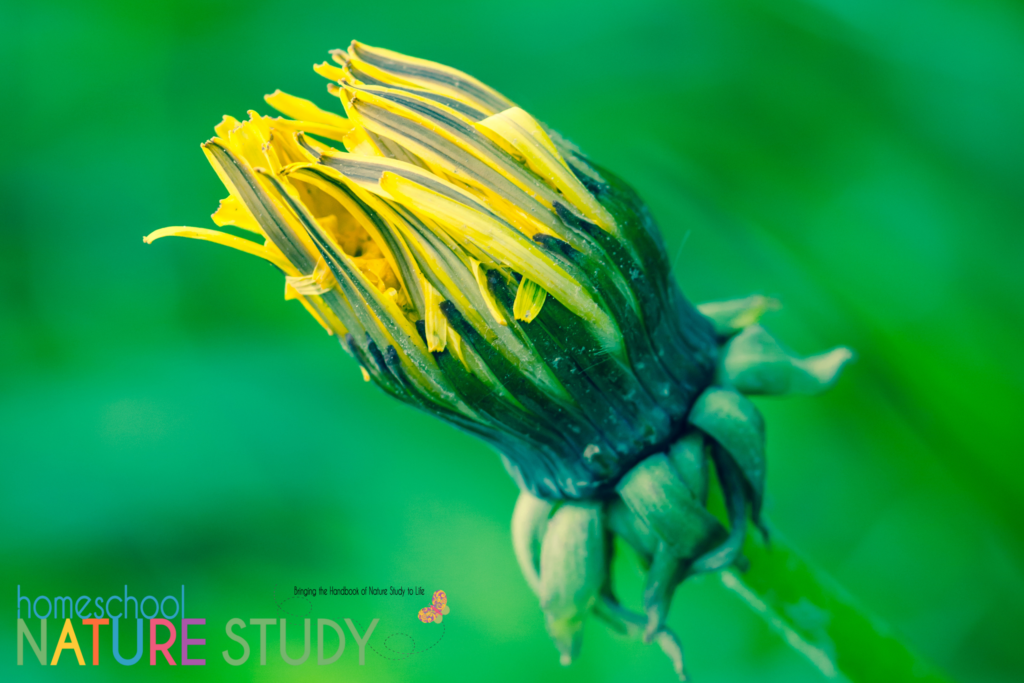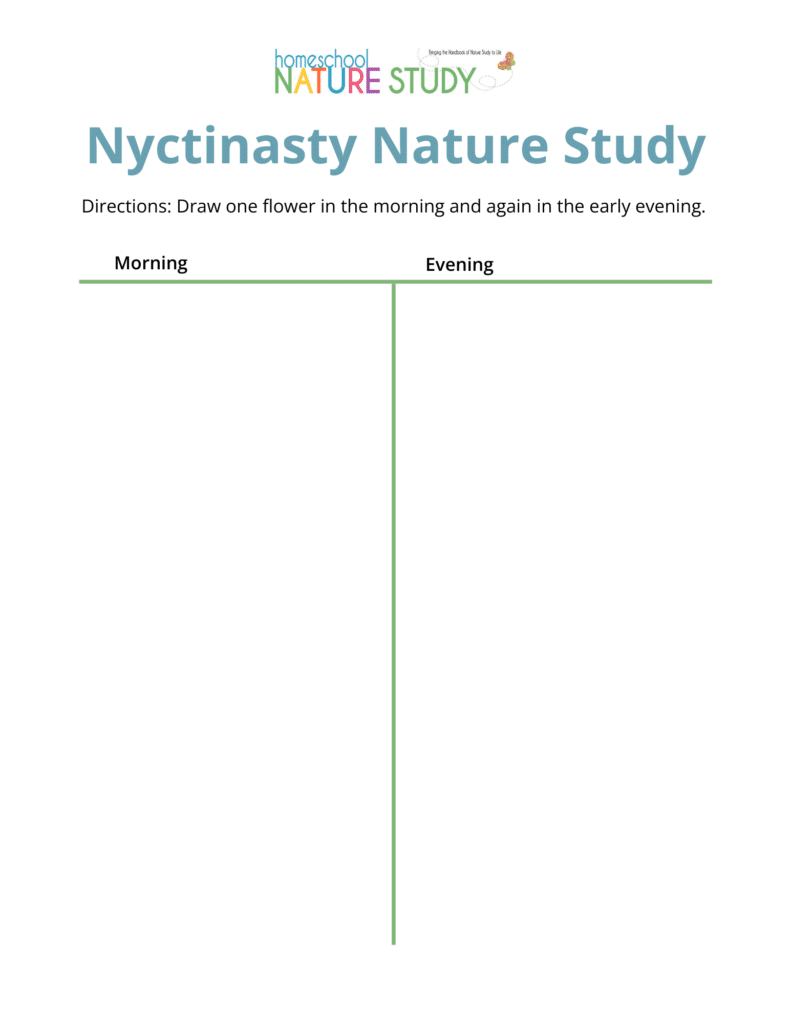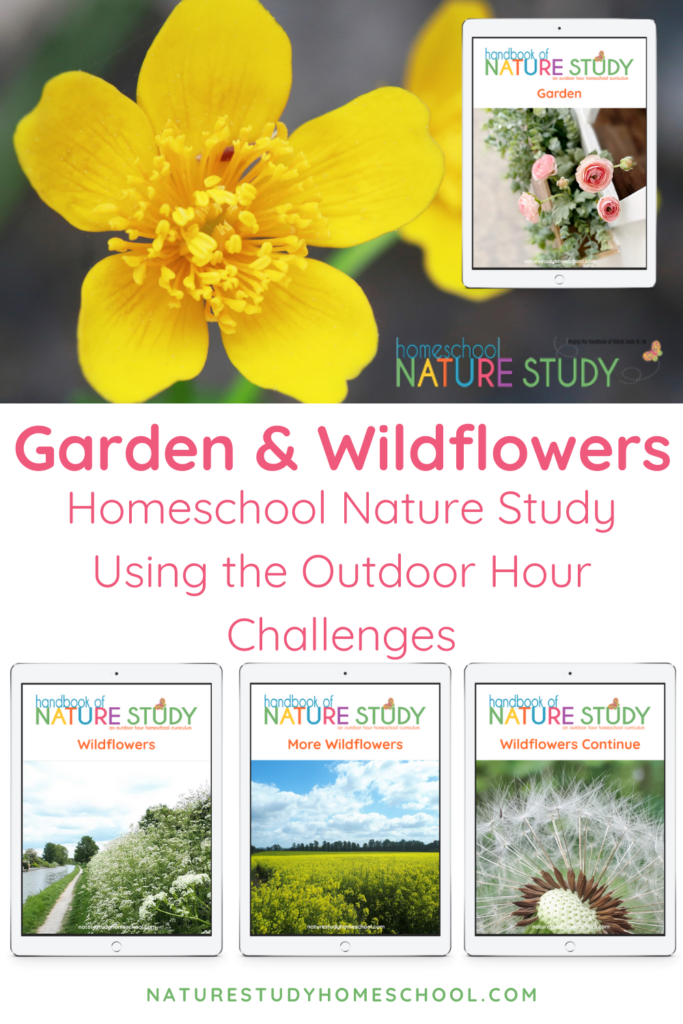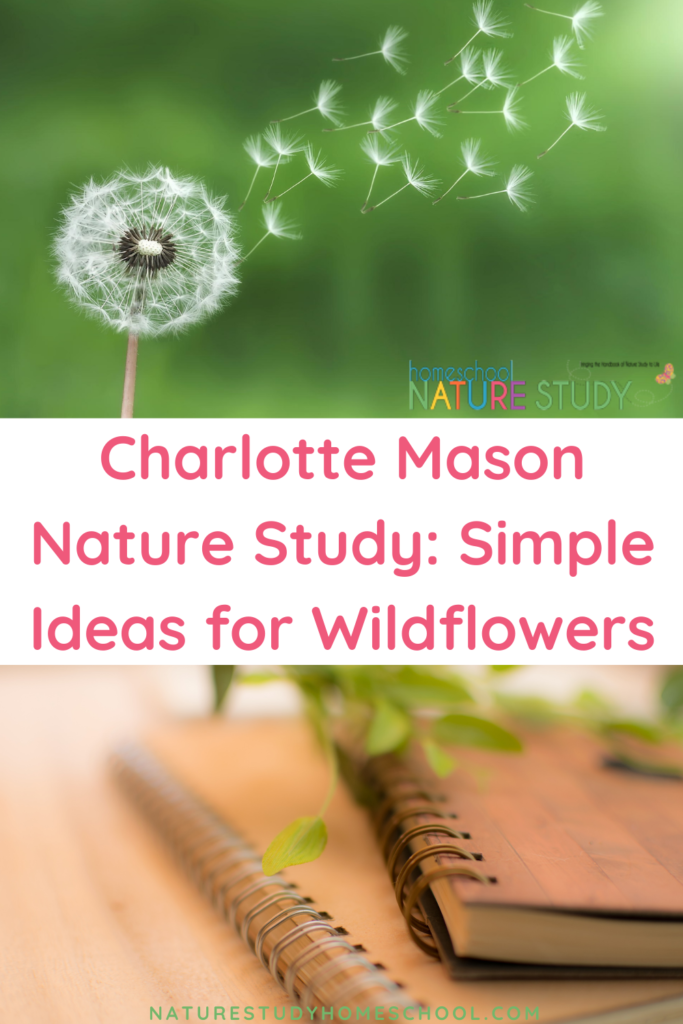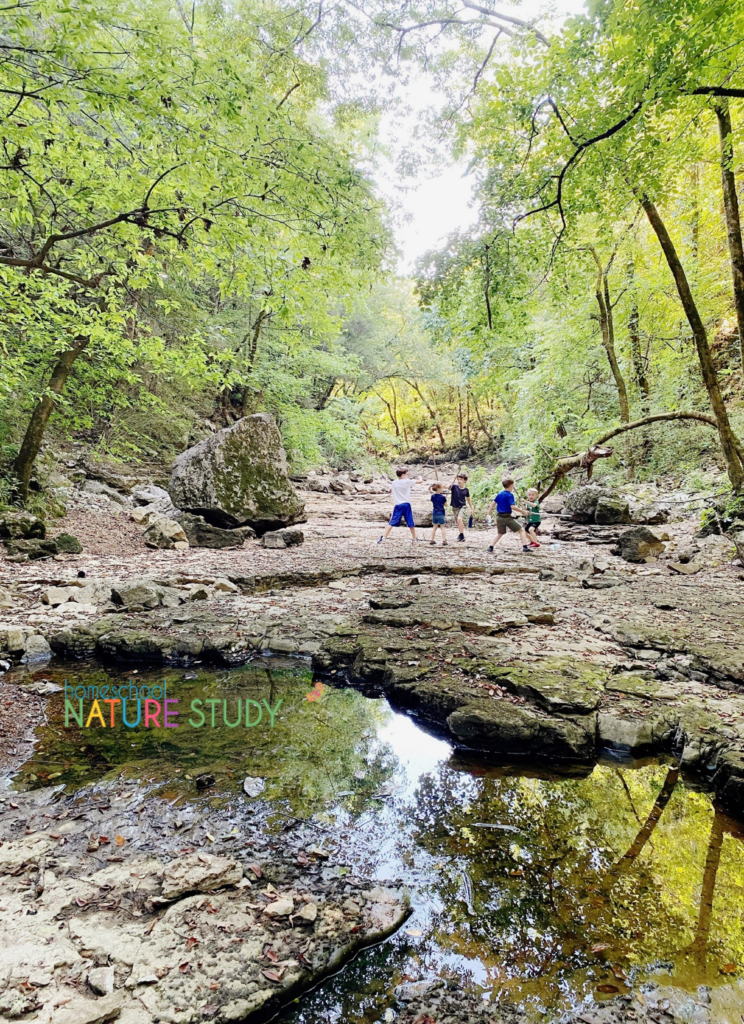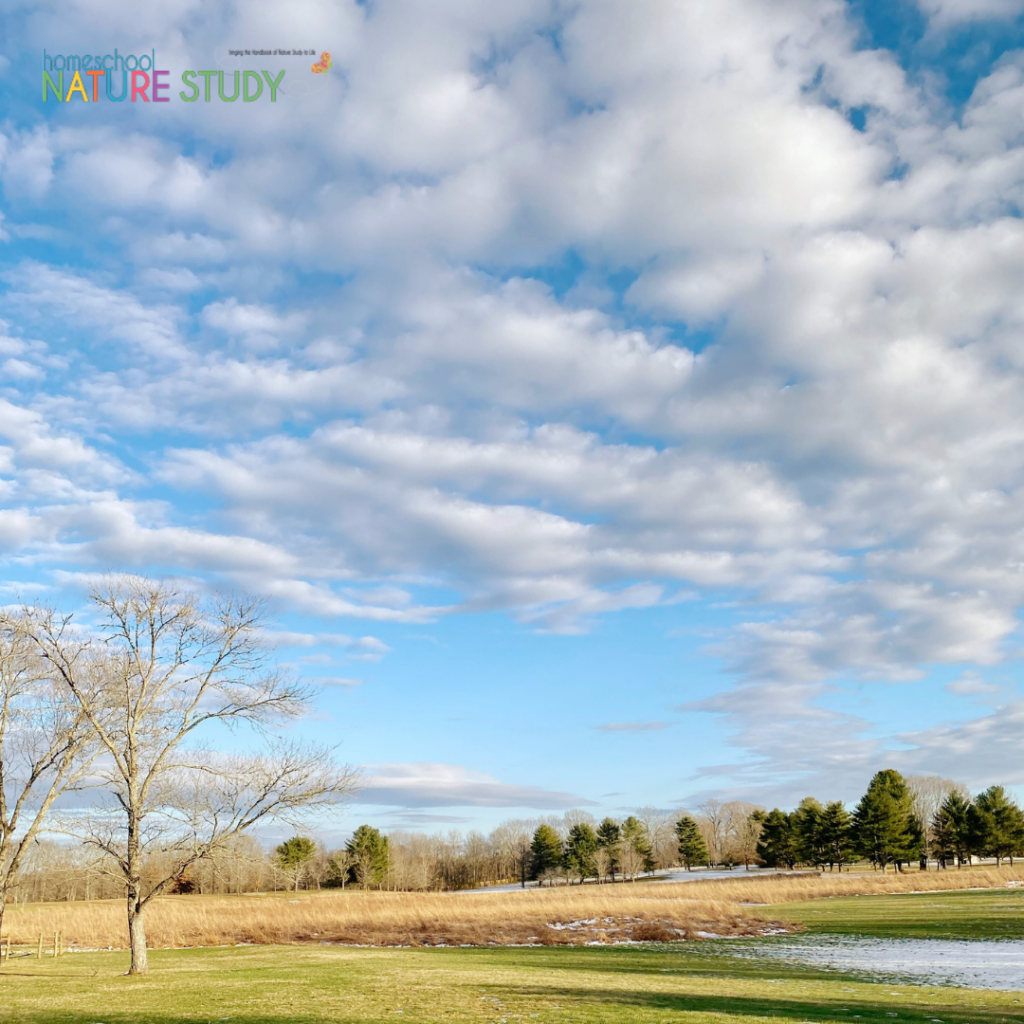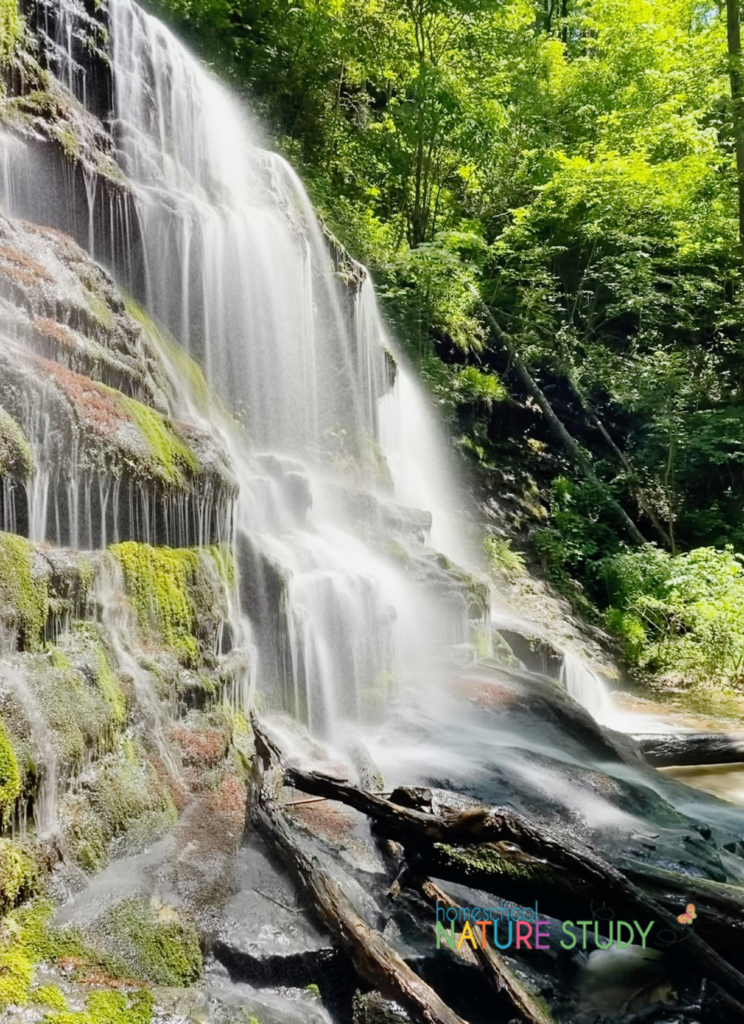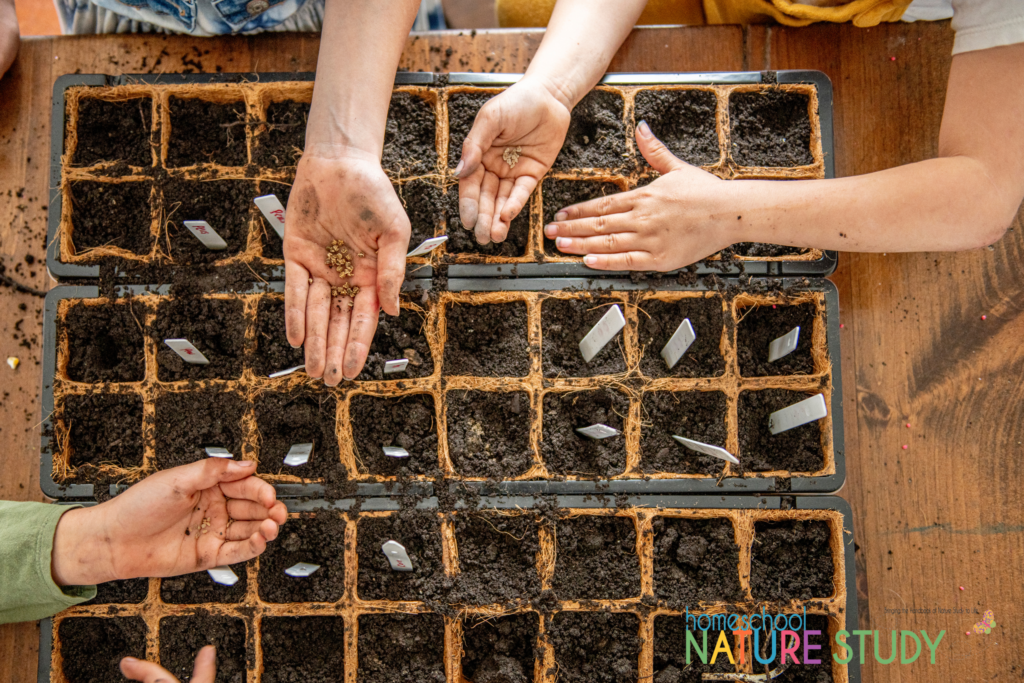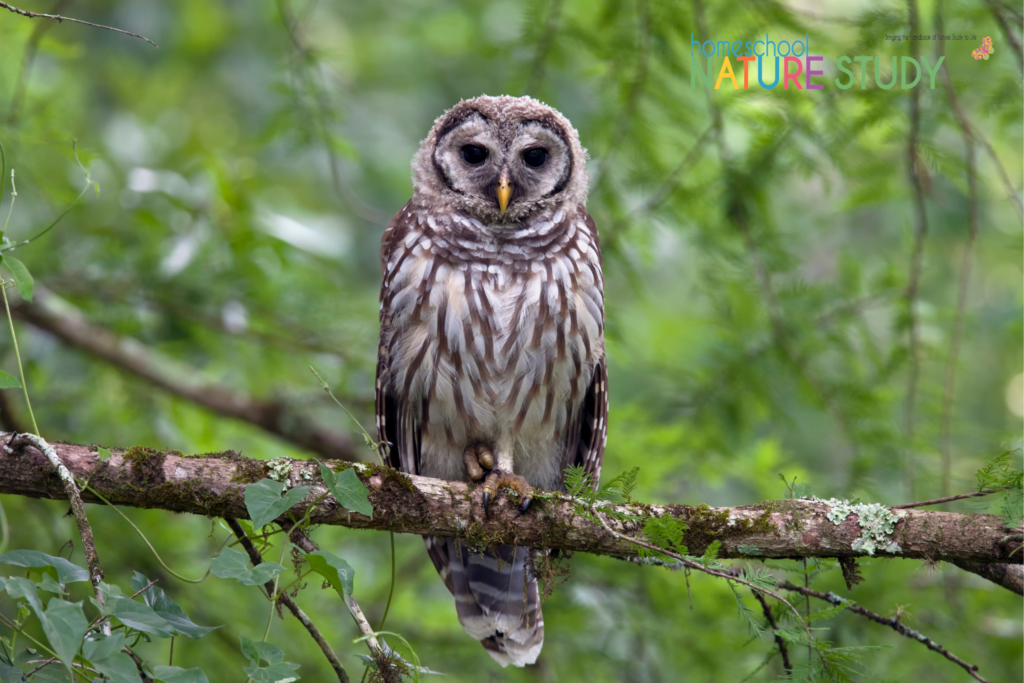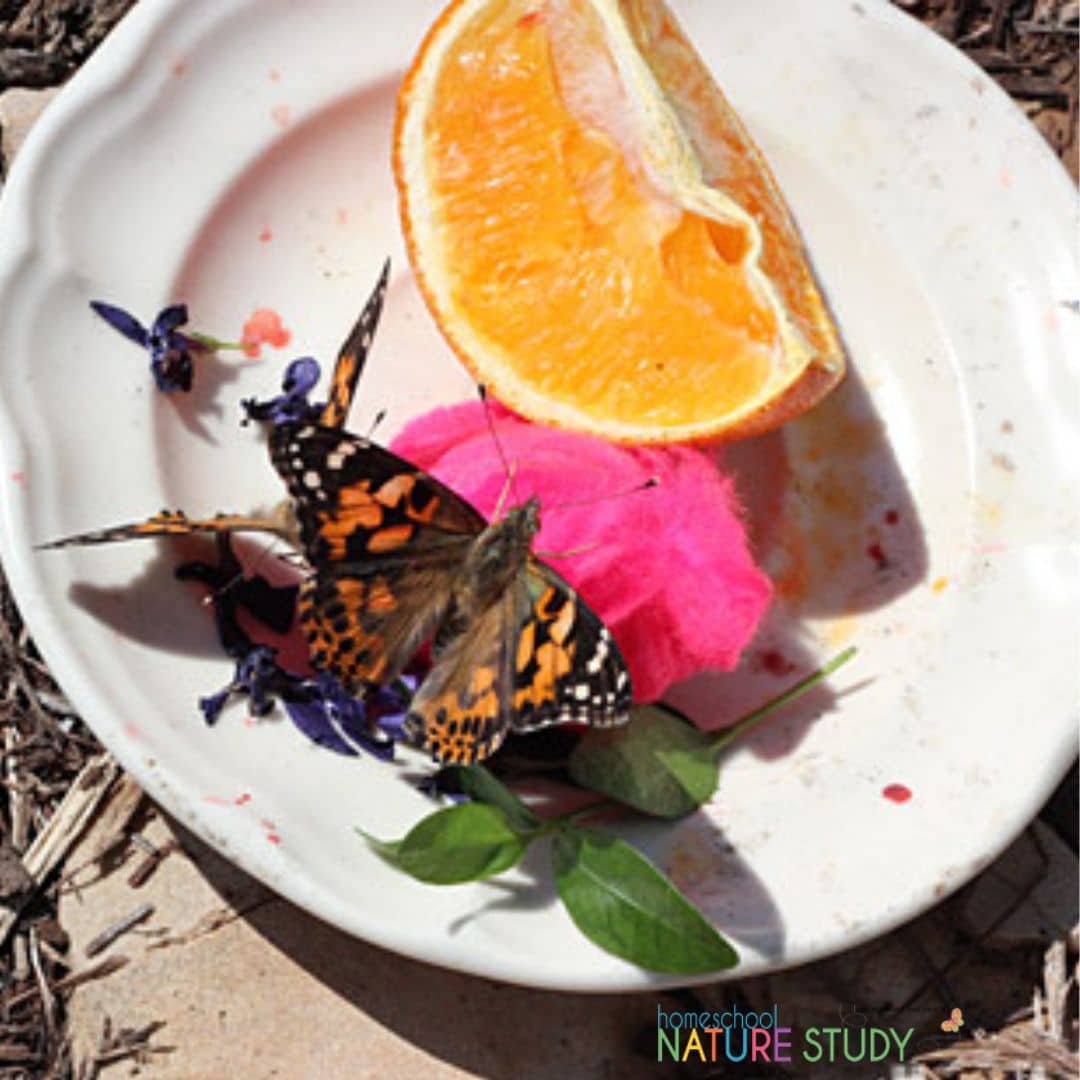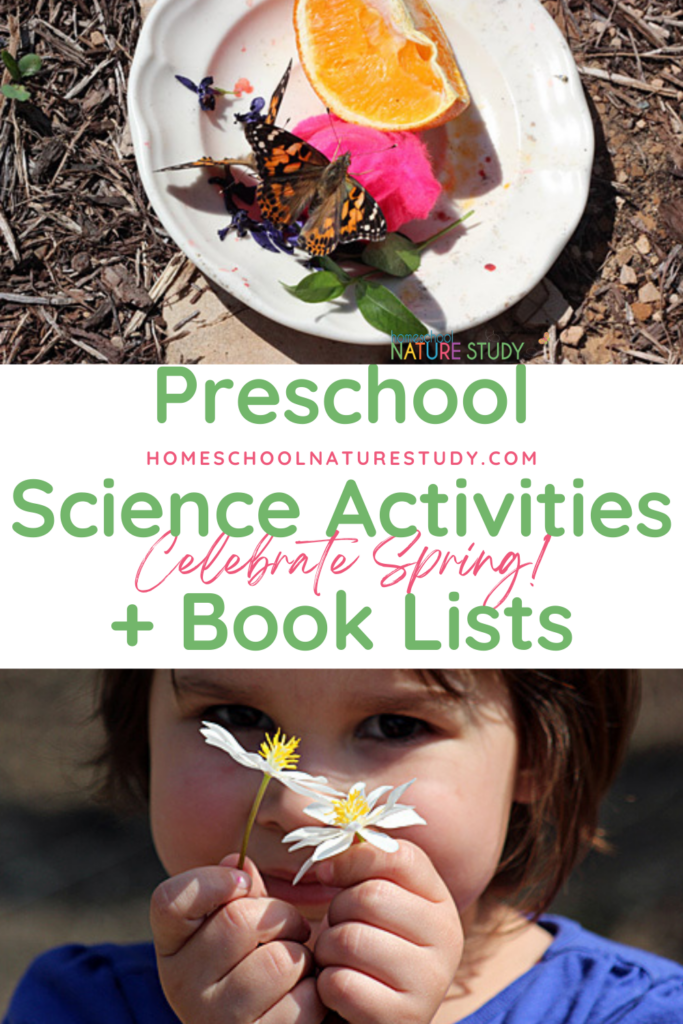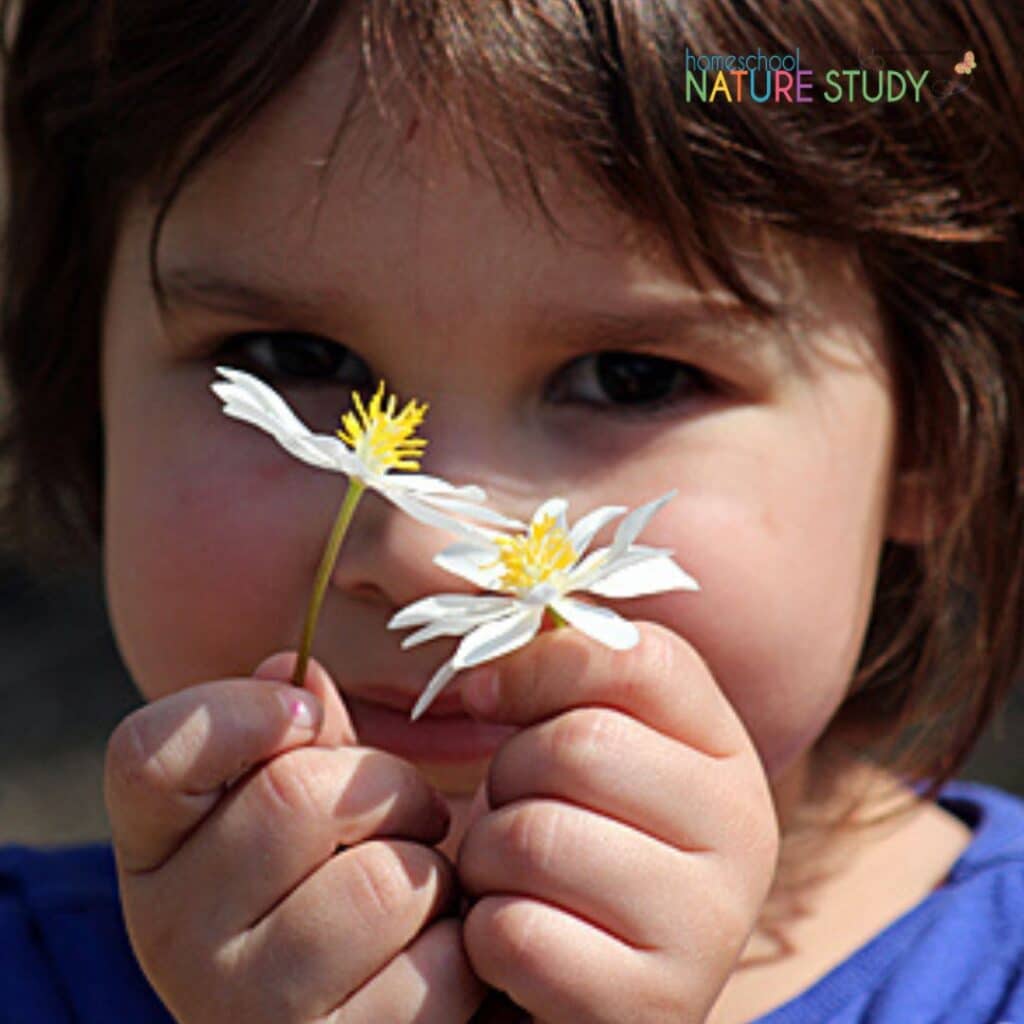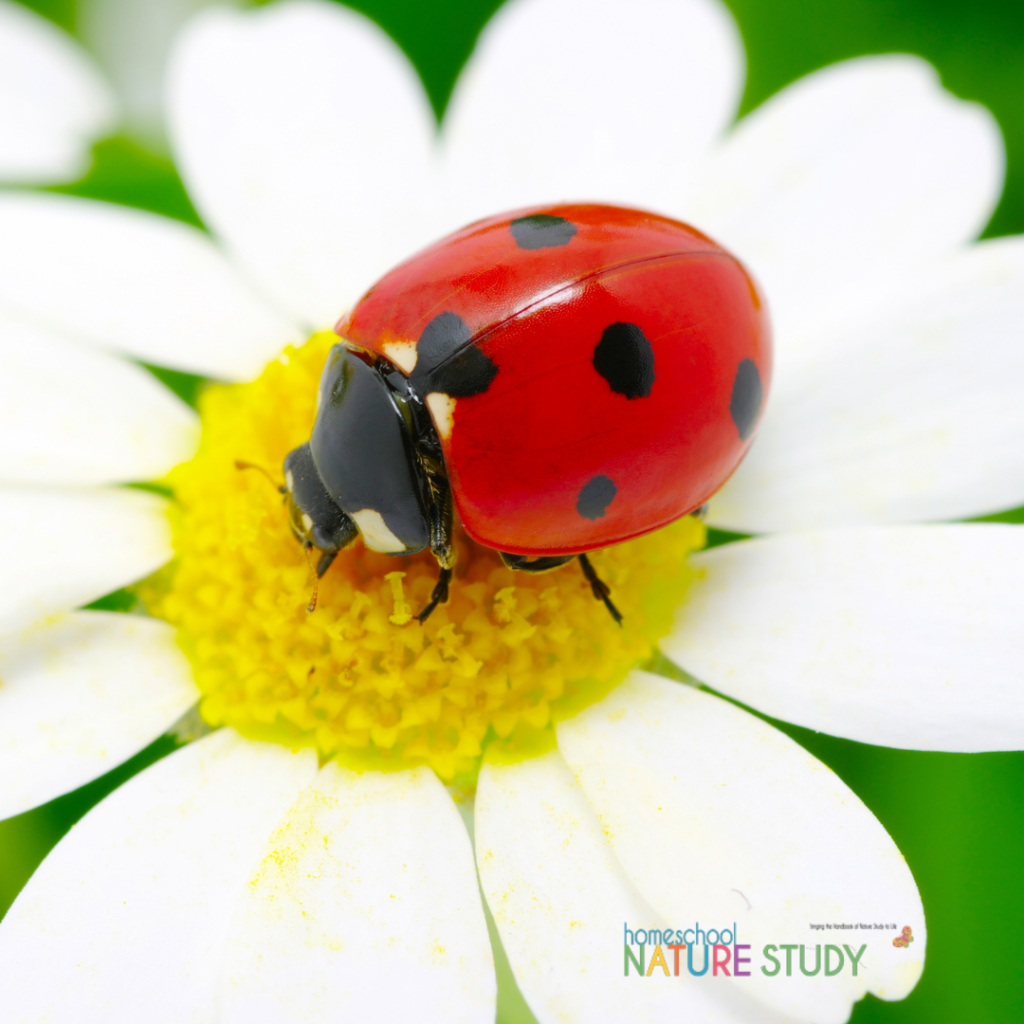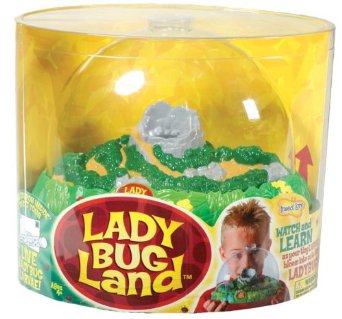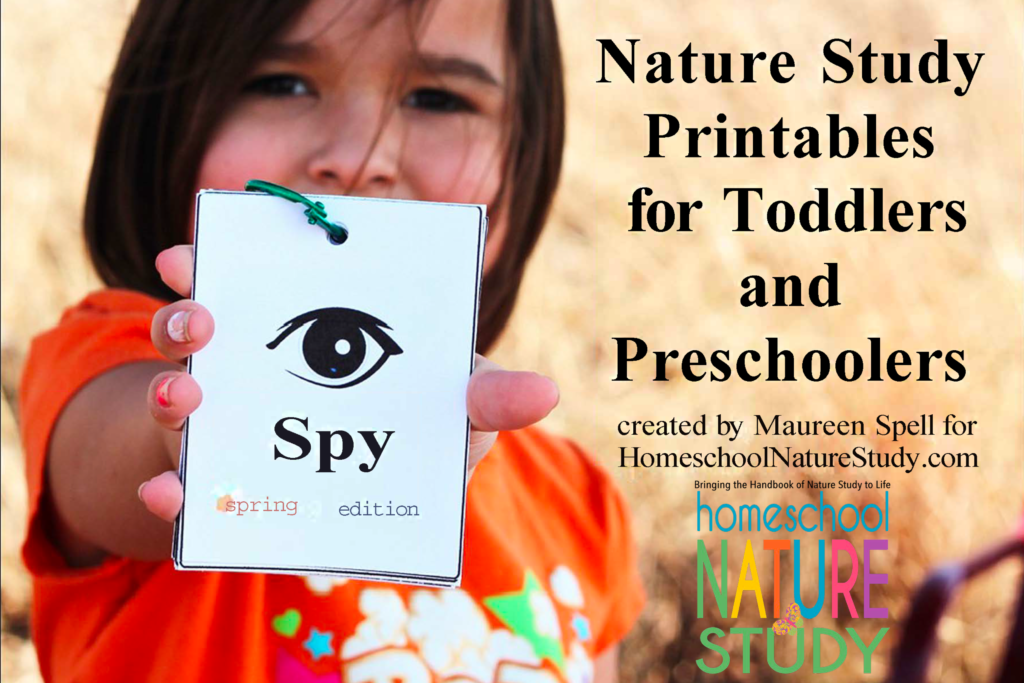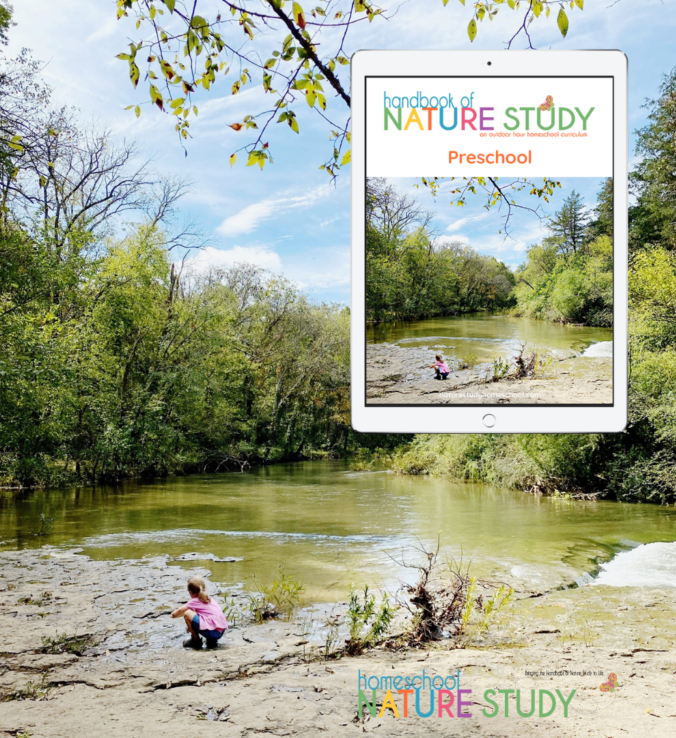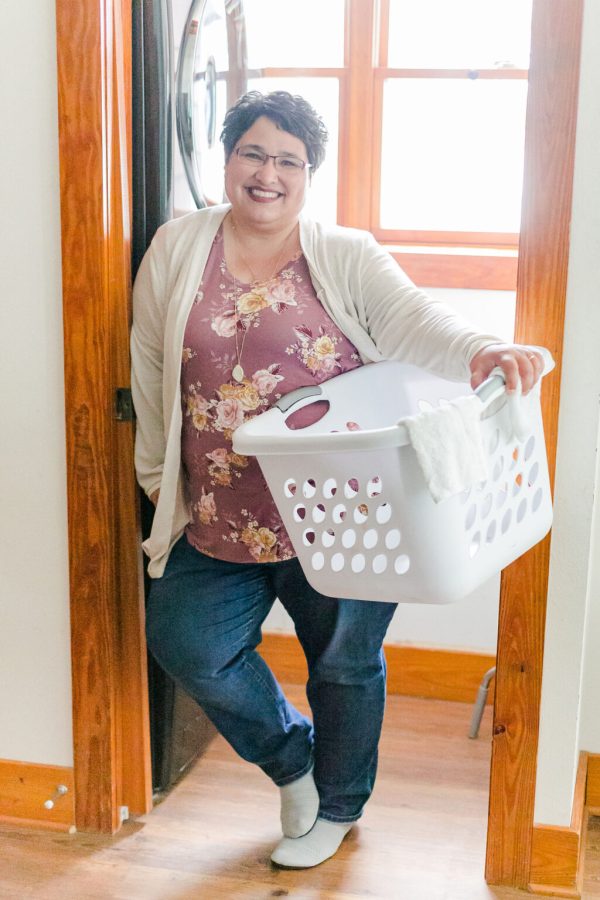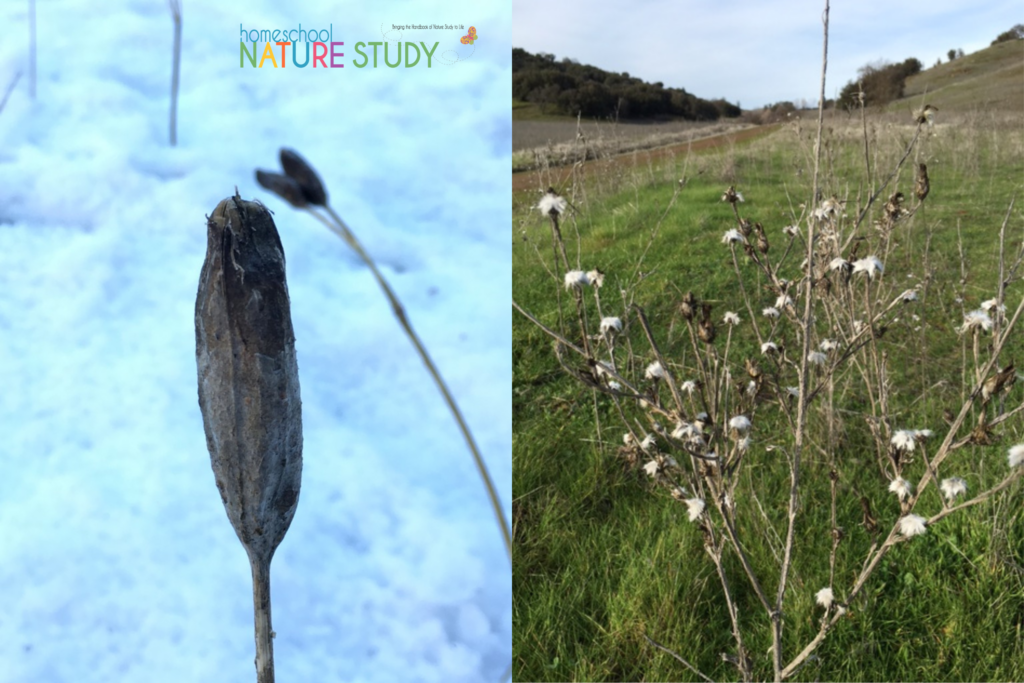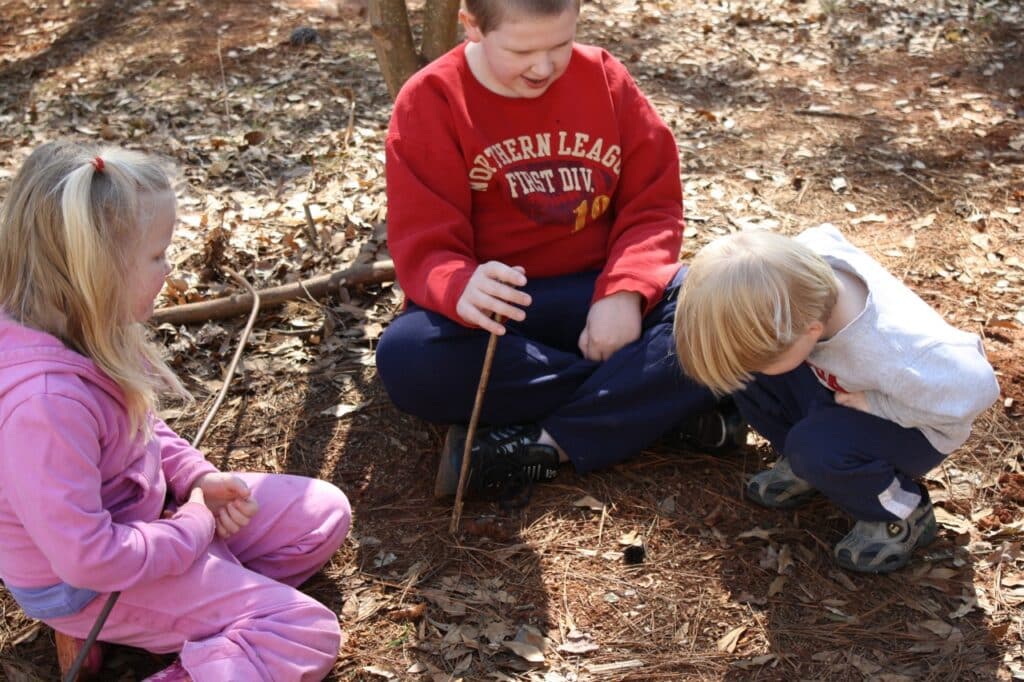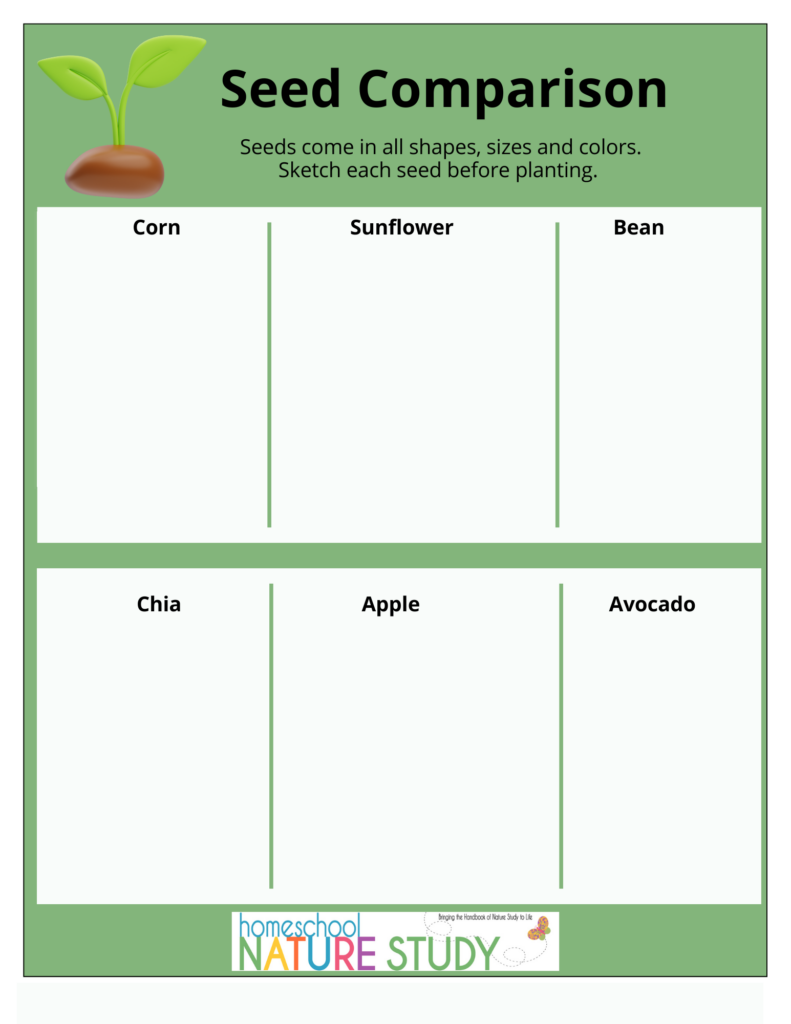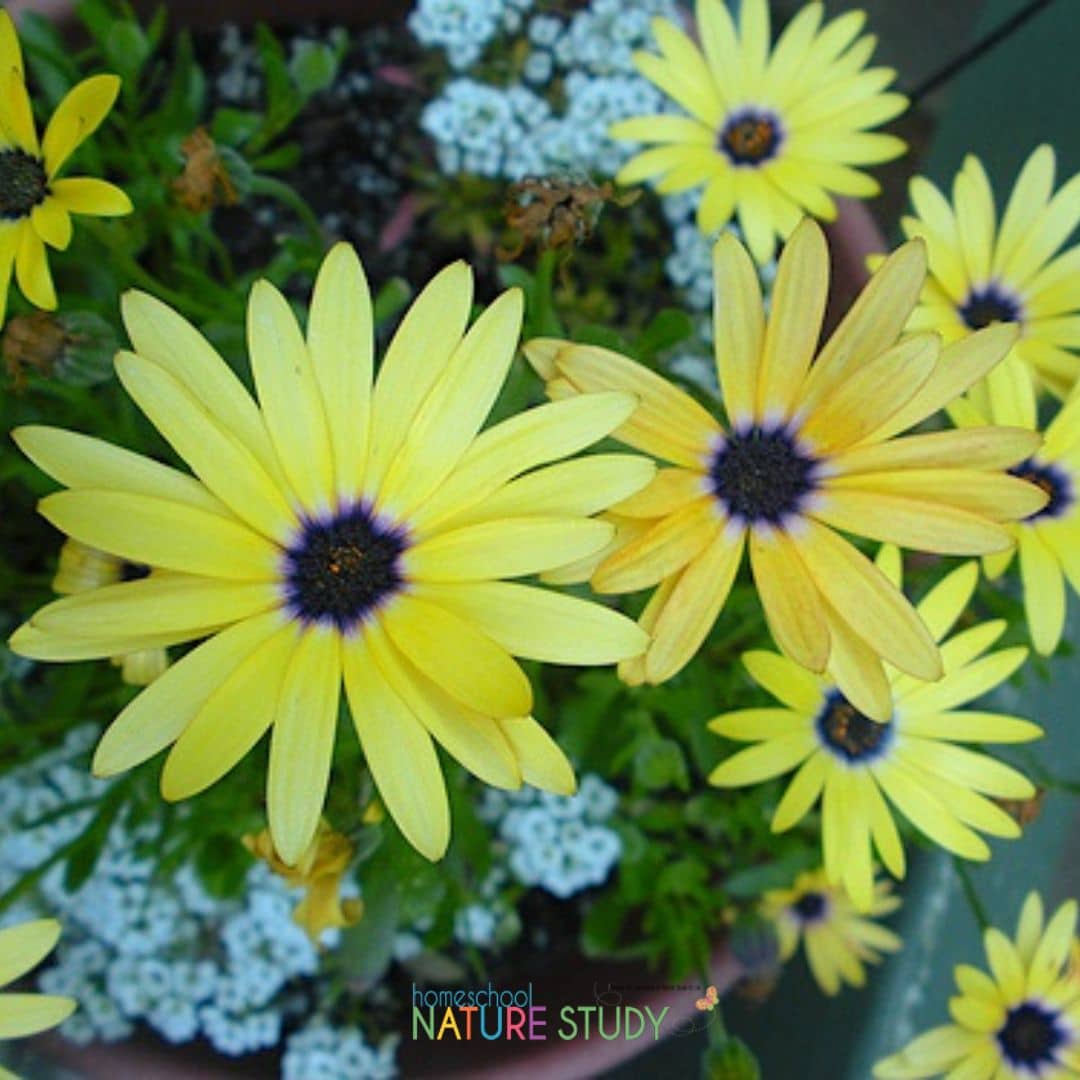
Watercolors For Outdoor Nature Journaling! These on the go tips will help you make the most of outdoor journaling – while hiking OR enjoying your backyard!
I have been sharing my hopes for a colorful “artist’s garden” to sit and sketch in over the summer. I am impatient for all my flowers to start growing but I was inspired this morning by my colorful blooming flowers on the back deck, waking to the sun and warmer temperatures totally lifts my mood and urges me to step outside.
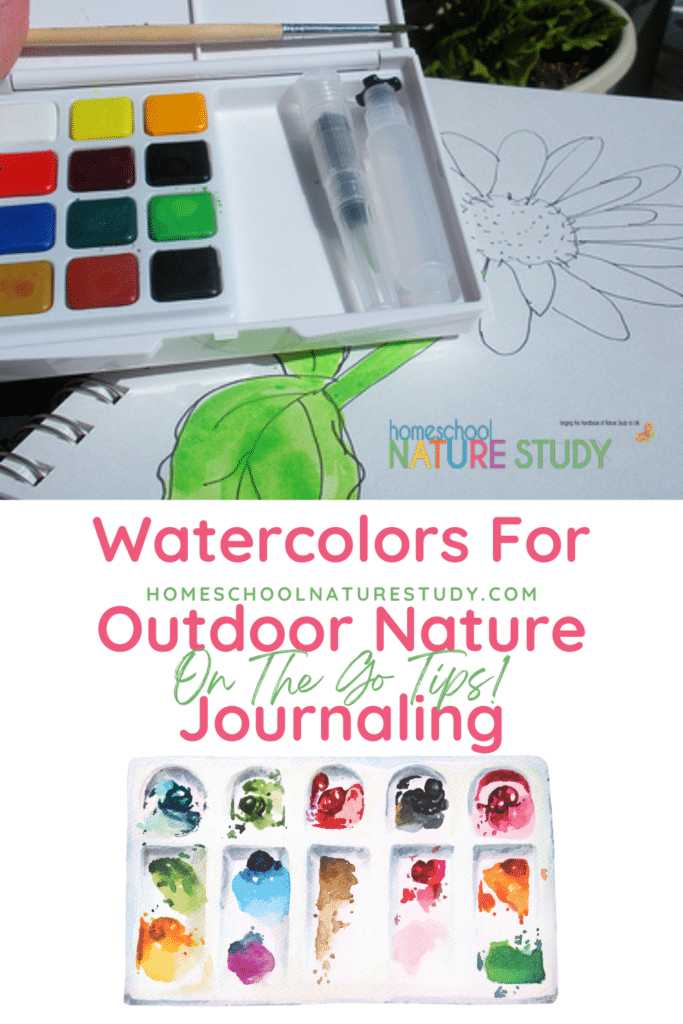
Create a Colorful Artist’s Garden for Outdoor Sketching In Your Own Backyard
The hummingbirds were darting in and out of the feeders hanging from the eaves on the back of the house and the bees were buzzing among the flowers. It was peaceful. I brought my new favorite art supplies and my nature journal to do a quick sketch and watercolor. Honestly this page took me about twenty minutes start-to-finish, including deciding what to draw and finding a comfortable spot to sit.

Watercolor Quick Sketch in the Garden
I made a quick sketch with my Prismacolor marker and didn’t worry too much about exact proportions or numbers of petals. I think that is the difference between art and taking a photo….if you want an exact representation you really should just take a photo. I was going more for capturing my mood and the vibrant color.
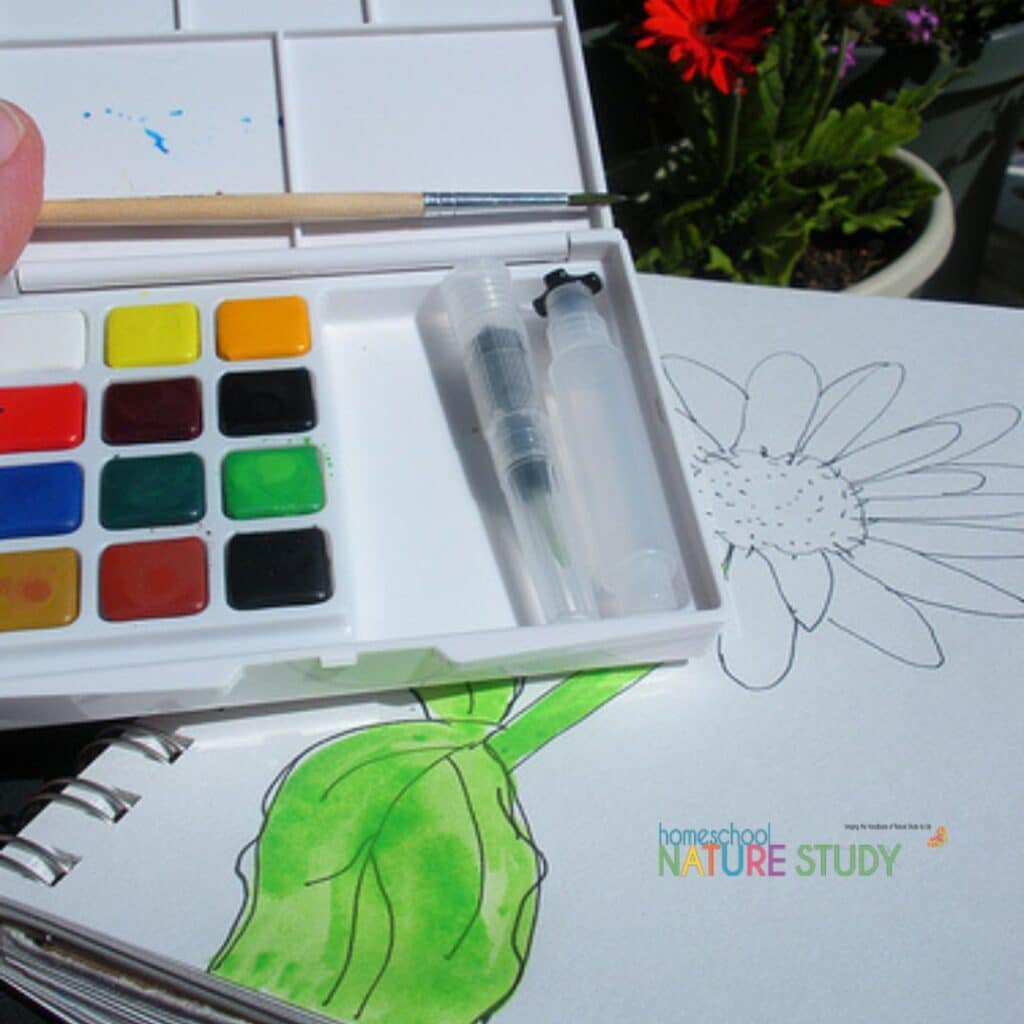
Watercolors For Outdoor Nature Journaling: On the Go Tips
I used my little field box of watercolors. I shared this set of watercolors with some friends at a nature study presentation a few weeks ago and they were amazed at how small and light this little box is in real life.
Using a Field Box of Watercolors for Outdoor Nature Journaling on The Go
I am going to start carrying this in my daypack when I hike so I can add some quick color to my nature journal when I am out and about. It even includes a small brush and a vial to carry some water if you need it. (I rarely carry water for watercolors when I hike since I usually have a water bottle or there is a stream or creek to scoop up some water for my art.)

The paint colors are so vibrant! I filled in the sketch with some watercolors with a sort of “sketchy” style where I don’t worry too much about filling in the edges perfectly and if I color outside the lines that is okay too.
I came back with my Prismacolor marker and just outlined the petals again to sort of clean up the edges. I added a date and a caption to complete my page.
This is my first garden sketch in what I hope will lead to a whole book full of colorful sketches.
Field Nature Journaling Supplies
Here are the the supplies.
- Koi WaterColors Pocket Field Sketch Box: The watercolors are a little pricey but the paints seem like they are going to go a long way….lots of color for a little amount of paint.
- The Prismacolor marker set is one that I got awhile back. There is such a great variety in this little set and I have been using mine weekly and have yet to use any of them up.
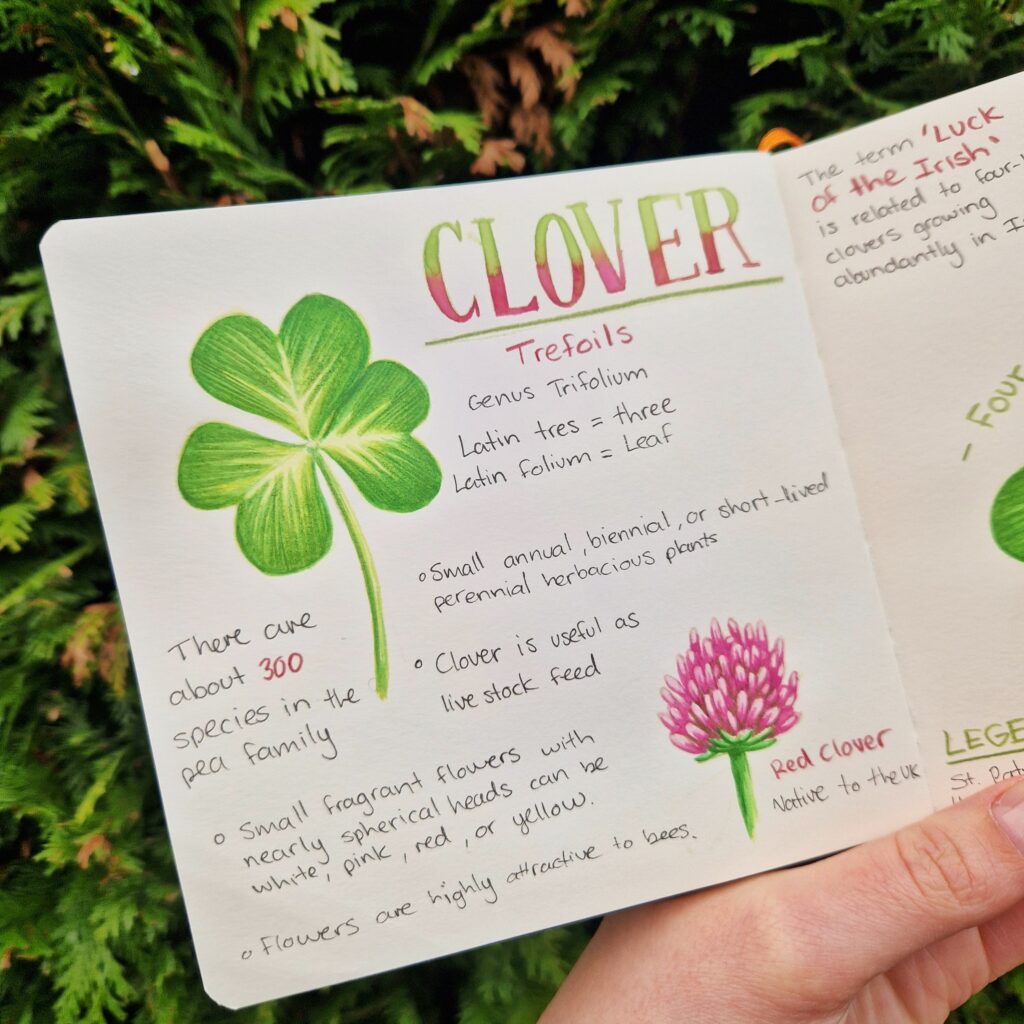
More Nature Journaling and Flower Nature Studies for Your Homeschool
- Clover or Shamrock Nature Study (with journaling video by Victoria!)
- Spring Green Nature Journal Ideas (that beg to be sketched!)
- Garden Flowers: Geraniums are the Perfect Beginner’s Nature Study – When picking garden flowers, geraniums are the perfect beginner’s garden flower study and the red flowers attract hummingbirds too!
- Best Tips for Starting Seeds for a Flower Garden – Growing plants from seeds is easy! Here are the best tips for starting seeds for a flower garden. If you are new to gardening and need some tips, I will give you some step-by-step instructions.
- Easy Preschool Science Nature Journals – My daughters have their own paper bag nature journal. The inside pages have a place where they can draw what they have observed on our nature walk. This is a perfect nature craft for kids!
- The Ultimate Guide to Nature Journaling: Tips for Writing About Nature – We’ve gathered the best tips for writing about nature in this ultimate guide to nature journaling. What a wonderful, joyful way to expand your homeschool nature study!
- Creating a Nature Journal Supply Kit for Your Homeschool – It is simple, inexpensive and is easy to do!
- Watercolor vs Chalk Pastels: Art for Kids – Learn about watercolor vs chalk pastels in your homeschool art. Two artists share their favorite medium plus the pros and cons.
Homeschool Nature Study Membership for Year Round Support
Can you believe all of these spring homeschool resources you will find in membership? You will also find a continuing homeschool nature study series plus all the Outdoor Hour Challenges for nature study in our Homeschool Nature Study membership. There are 25+ continuing courses with matching Outdoor Hour curriculum that will bring the Handbook of Nature Study to life in your homeschool! In addition, there is an interactive monthly calendar with daily nature study prompt – all at your fingertips!
Be inspired. Be encouraged. Get outdoors!
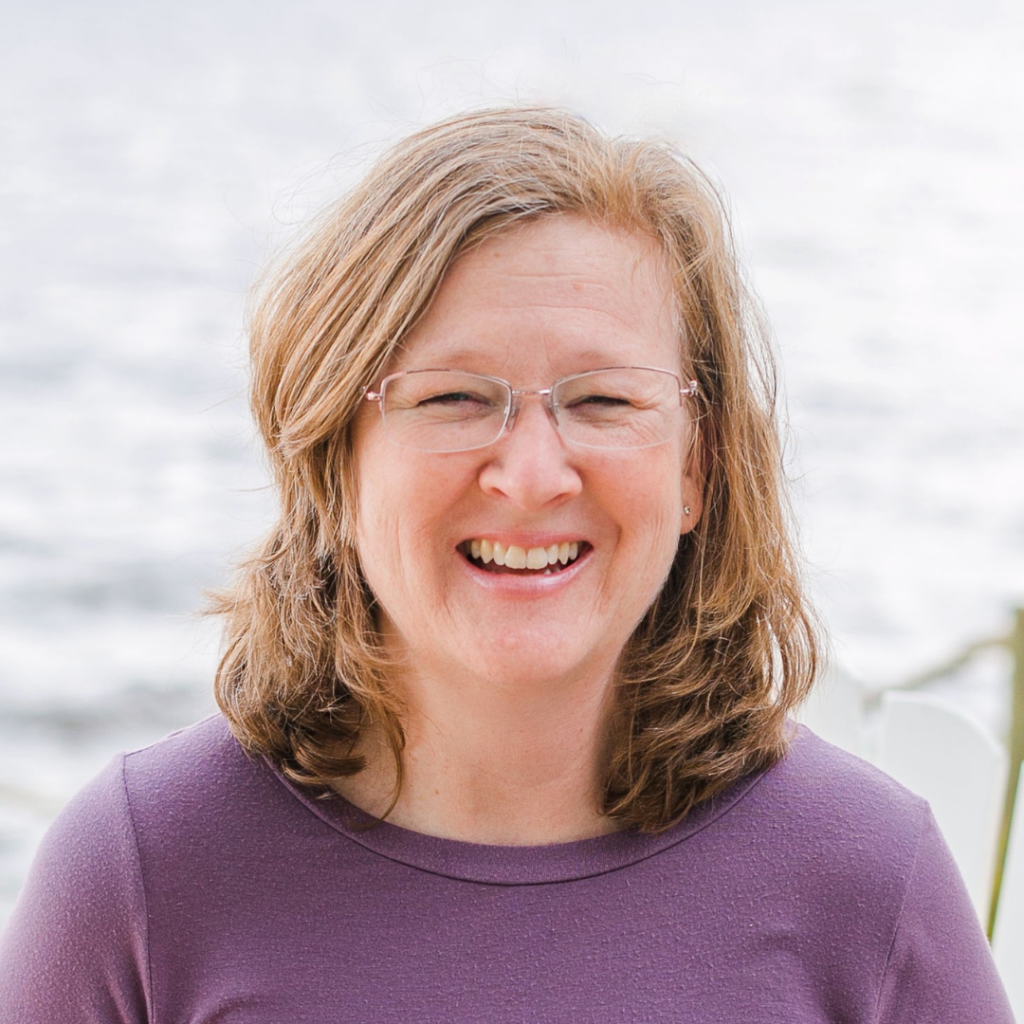
Outdoor Hour Challenge by founder, Barbara McCoy, May 2011. Updated by Tricia April 2025. Tricia and her family fell in love with the Handbook of Nature Study and the accompanying Outdoor Hour Challenges early in their homeschooling. The simplicity and ease of the weekly outdoor hour challenges brought joy to their homeschool and opened their eyes to the world right out their own back door! She shares the art and heart of homeschooling at You ARE an ARTiST and Your Best Homeschool plus her favorite curricula at The Curriculum Choice. She and her husband, Steve, are also publishers of Unit Studies by Amanda Bennett.

